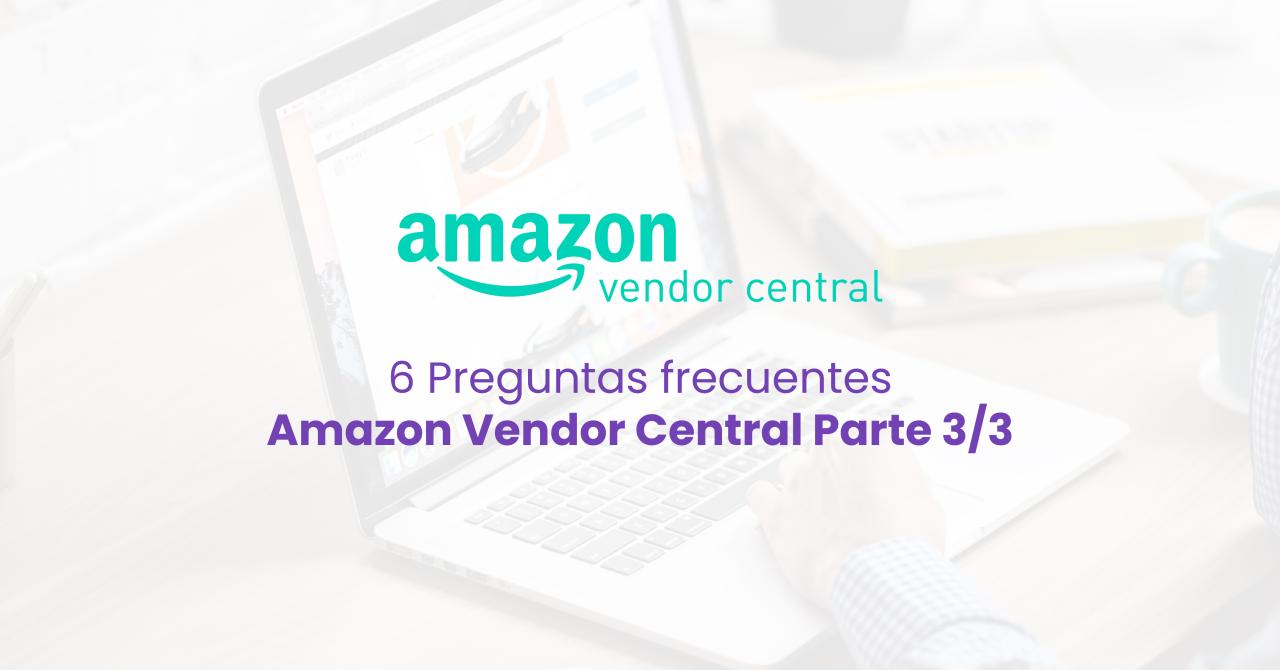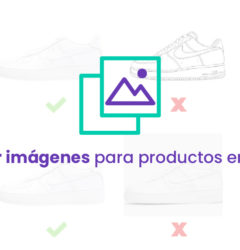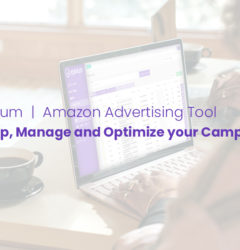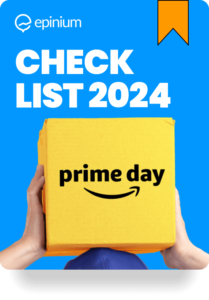In this third part we continue to answer frequently asked questions from Amazon Vendor Central.
What is the support like at Vendor Central?
Amazon seller support is similar to Amazon seller support. It can be frustrating and sometimes it takes a lot of questions to get the answer we are looking for.
Also depends very much on the country we are dealing with. UK Vendors, for example, have an onboarding manager for the first three months to help them get started.
It also depends on the size of the brand. Large Vendors are usually assigned an account manager after the first three months. This manager is available to answer any questions the Vendor may have.
Amazon has also launched the Vendor Success Program, which offers assistance to sellers that are not large enough to have an account manager.
Do I have to pay to sell on Vendor Central?
Another frequently asked question on Amazon Vendor Central is fees, which Amazon refers to as “broadcast fees.”
These are set out in the terms agreed with Amazon at the outset. The contract is also reviewed annually. Companies should read the contract very carefully, and may try to negotiate if the fees are high at the beginning, or if they increase substantially at an annual review. Many companies do not read the contract well and then are surprised by all the deductions.
Amazon charges three main discounts:
- Market development funds (MDF): Usually around 10%, but can vary between 5% and 15%.
- Liquidated damages: Damage allowance is usually around 2% to 3%, but can vary by category.
- Freight allowance: Freight allowance can also be in the range of 2% to 3%.
Does Amazon Vendor Central have an API?
Vendor Central does not currently have an API. Vendors can access Vendor Central through the website, which offers manual data entry and bulk import/export of basic data via CSV files.
Vendor Central does support EDI (electronic data interchange) access. EDI is an old technology for sending data between companies, dating back to the 1970s, but still persists in some industries.
How often do you pay as an Amazon Vendor?
This tends to be one of the most frequently asked questions on Amazon Vendor Central. Unfortunately, one element of Vendor Central that can be really frustrating is the payment terms.
Amazon has many different options it offers Vendors, including:
Net 60 – Under these terms, Amazon will pay us after 60 days. This is the plan that most Vendors are on.
Net 90 – Under these terms, Amazon will pay us after 90 days.
Longer terms can cause real cash flow problems for Vendors. It can lead to companies taking out loans or using factoring, so they can replenish inventory while waiting for payment from Amazon.
If I decline a Vendor Central invitation, will it affect my Seller Central account?
We should not be afraid to say no. We should have no effect on the Seller Central account.
There is an exception, if the following conditions are met:
- Are a manufacturer
- We sell through the Amazon marketplace (Seller Central)
- We sell to other retailers or distributors
Amazon’s selling policies include a Product Availability Policy that applies in this situation. It says that we must offer Amazon the option to buy our products at wholesale prices so that they can sell them. If we don’t, Amazon may suspend our account.
This does not affect us as sellers of a small brand, if we do not have retailers or distributors. As a sales policy it also does not apply if we do not use Seller Central. Finally, it does not apply if we are a retailer or distributor rather than a manufacturer.
How does Vendor Central work with Amazon’s various international sites?
If we want to have a Vendor Central account for each of Amazon’s international sites, we have to apply for it at each site – there are no unified Vendor accounts.
However, it is possible for our products to appear on Amazon’s international sites. This is due to the European Fulfillment Network (EFN) and the North American Fulfillment Network (NAFN). These networks mean that if we sell products to Amazon UK, for example, they may appear for sale on Amazon Italy, France, Germany and Spain.
This does not mean that there are no benefits to being an Amazon Vendor in those countries. We can only use Vendor features, such as A+ content and product listings, on Amazon websites where we have a Vendor account.
To get the most out of being a Vendor on Amazon’s international sites, we will need a Vendor Central account in each country.
Save time in this process with our platform where Amazon sellers can save 60% time in optimizing product detail pages, be 50% more effective following Amazon’s Style Guidelines and increase their sales by 30%. Get a free audit and start optimizing your listings now! Take advantage of it.






